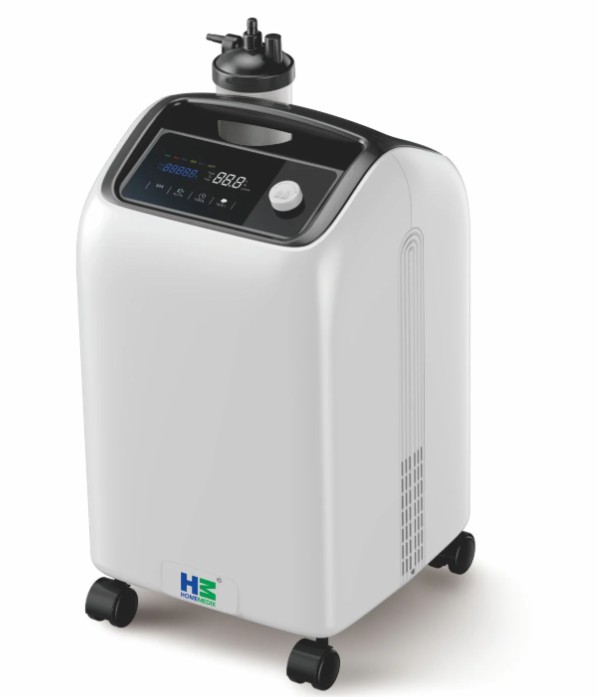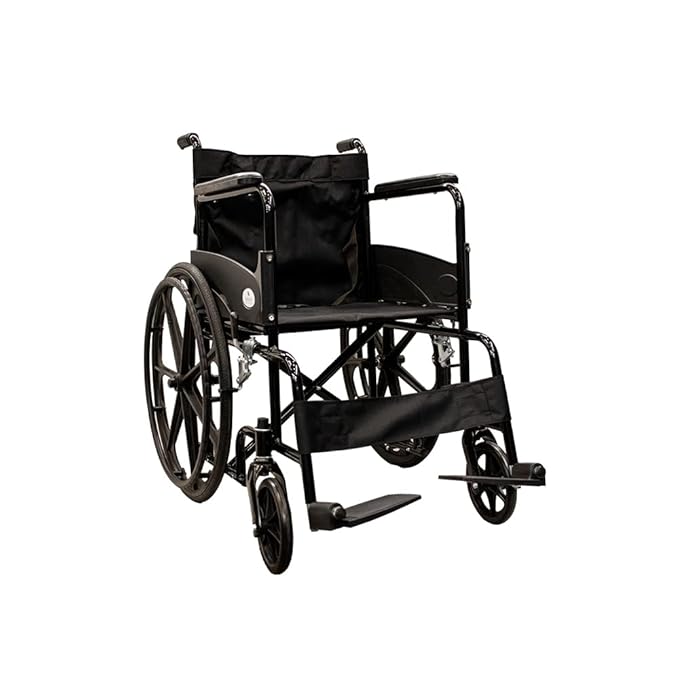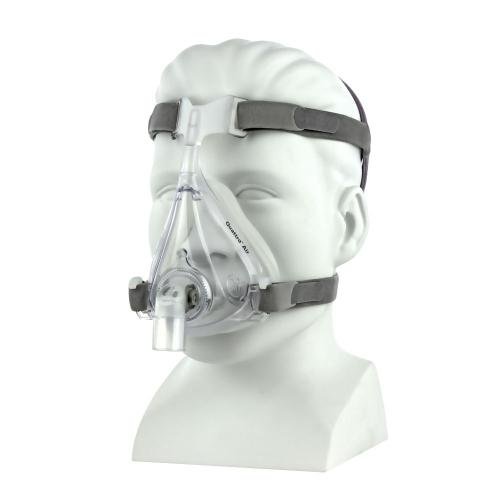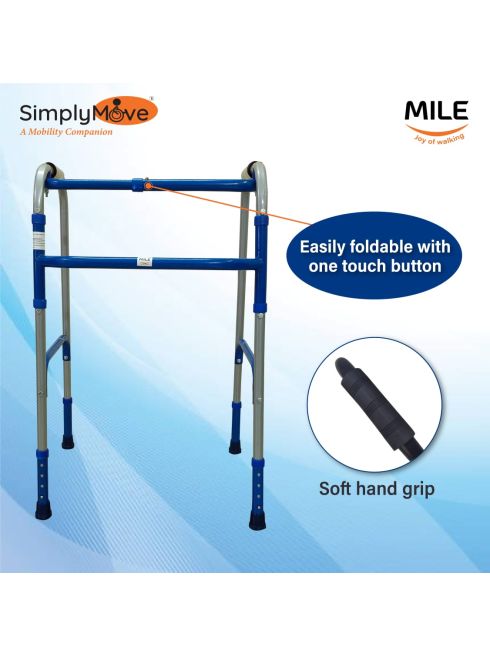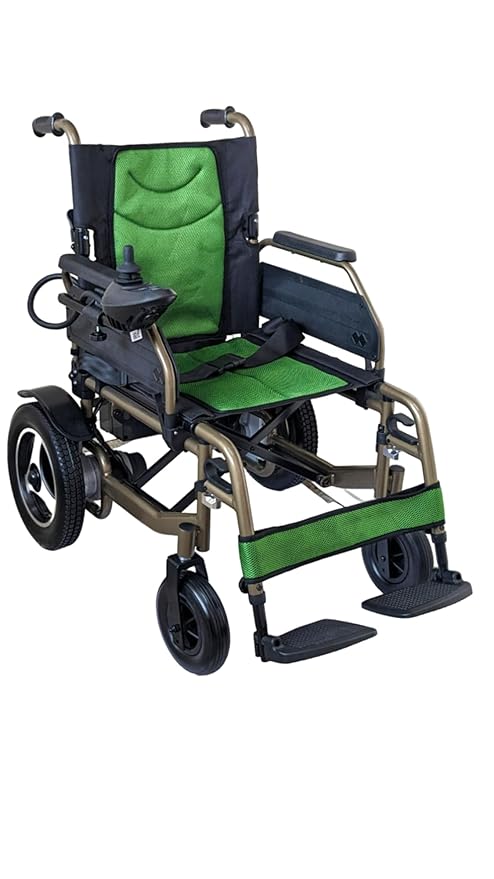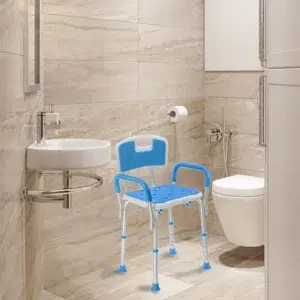Affordable and safe housing is not only a basic need – it’s a foundation for good health. Public health workers increasingly recognize housing stability as a key social determinant of health, influencing everything from mental well-being to the management of chronic disease. When an individual has a stable place to live, they can focus on their health problems, get regular medical treatment, and experience less day-to-day stress. Conversely, homelessness or housing insecurity places people under enormous stress and unsanitary situations that could precipitate or aggravate illness. Housing and health are interlinked.
A secure home environment provides more than material shelter; it provides a sense of peace and psychological well-being. Housing instability may include repeated moving, threat of eviction, overcrowding, or periods of homelessness. It has been linked to chronic stress, anxiety, and trauma. The fear of where one will be living or how one will be paying rent creates ongoing stress that degrades mental health. Individuals residing in unstable housing indicate that they have trouble sleeping, are irritable, tired, and have difficulty concentrating due to this ongoing stress. Over time, all this stress leads to serious mental illnesses like depression, anxiety disorders, and even PTSD.
The Impact of Housing Instability on Families and Policy Solutions
These stresses affect entire families. Children in housing-unstable families suffer particular damage to their health and development. Multiple moves and threatened evictions disrupt a child’s sense of stability, typically leading to behavioral difficulties and academic failure. Studies have shown that children who experience three or more moves within a year are more likely to have chronic health problems and overall poorer physical health than other children. They are also less likely to have regular health insurance or regular care during these unstable times.
It is critical to address the issue of housing instability for families and individuals, and there are a number of different policy avenues that can be taken. One of these is to provide rental assistance programs to help individuals find and keep affordable housing. There are also a number of different HUD housing programs that help individuals with disabilities find affordable housing. These efforts have the capability of reducing the population of homeless persons or those who are living in crowded or unsafe conditions.
Housing and Chronic Illness Management
Chronic illnesses require continued treatment and medical supervision. It is extremely challenging to manage these illnesses successfully when they lack a home to call their own. Stable medication schedules, dietary needs, and follow-up appointments can fall apart when someone is living in an automobile, couch surfing among family members, or living in a shelter.
In unstable housing situations, individuals might not have refrigeration for their medications, a clean space to dress wounds or administer treatments, or the stability of mind to make self-care a priority. It is little wonder, then, that chronic illnesses get out of control among homeless and housing-insecure populations. For example, homeless individuals with diabetes are far more likely to experience life-threateningly high blood sugar levels and diabetic complications because they cannot maintain regular diets or medication regimens while on the streets.
Benefits of Stable Housing for Chronic Illnesses
Permanent housing is a building block for effective chronic disease control. A steady address and safe home allow patients to keep medication in a safe place, build pill-taking or injection-taking habits, and enjoy healthier diets and healthier lifestyles. The science is on their side: research has determined that chronically ill adults with stable housing are better able to control their diseases and even have better workplace productivity than those in unstable situations.
Real-world instances show the staggering health benefits that follow housing stability. A persuasive case is one of a pilot scheme in the United Kingdom, which immediately provided chronically homeless individuals with diabetes with stable housing and support. In just three months, patients had their mean blood sugar level fall by 22% following the attainment of stable housing – a big reduction in diabetes control. With better sugar control, they also reported having more confidence in controlling their condition and better foot care.
Beyond diabetes, stable housing benefits those with all sorts of other chronic diseases. Individuals who are HIV/AIDS positive, for instance, are much more likely to be able to remain on antiretroviral drugs and reach viral suppression if they have permanent housing. Without housing, following medications and physicians’ appointments becomes extremely difficult to accomplish, so untreated HIV and risky transmission frequently ensue.
Housing as Healthcare
Affordable, stable housing is medical care for individuals with chronic illness. It gives the stable setting required to follow through on treatment regimens, whether that is taking medication every day for high blood pressure or using an inhaler properly for asthma. Health care professionals are increasingly advocating “Housing as Medicine” programs, recognizing that you can’t effectively treat a patient’s diabetes or HIV without treating their housing condition as well.
Housing and Access to Preventative Healthcare
Preventive care, such as cancer screenings, well-child visits, and vaccinations, is essential in detecting illnesses earlier and preventing costly emergency procedures. Stable housing is essential in enabling individuals to be involved in preventive health behaviors. When a person has a stable home and support system, then they will tend to have a usual source of care and recommended screening and immunizations. By contrast, unstably housed patients are often not given preventive care and only seek care in crisis.
Home stability enables preventative care in several ways. To begin with, homeownership provides the logistical stability necessary to show up for doctor’s appointments. It is easier to receive a reminder postcard for a yearly check-up or schedule an exam when you possess a stable address to receive mail and a predictable routine. Secondly, stable housing tends to be linked with enhanced health insurance continuity and access to care. Individuals with stable housing are more likely to be employed or connected to social services, and that increases the chances that they have health insurance and are aware of where to find primary care.
The Consequences of Housing Instability
Individuals without homes may miss out on vaccinations – whether childhood vaccinations, annual flu vaccinations, or emerging vaccines like COVID-19 – simply because they are not engaged with healthcare providers that offer these preventive services. A dramatic statistic provides proof of the consequences: nearly one-third of all emergency room visits in the United States are made by people who are homeless, and nearly 80% of their visits are for medical issues that could have been prevented or treated earlier with early primary care.
Benefits of Stable Housing for Preventative Care
In communities where formerly homeless populations have been given homes, health systems see significant reductions in emergency visits. As people come into stable living, they will typically arrange care with doctors, medicate ailments with medication, and travel to emergency rooms less frequently. A stable residence is able to open up preventative care to people: members can get yearly physicals, take children in for regular pediatric visitation, and come in for consultation on health-related problems before they become serious.
Economic and Social Benefits of Affordable Housing
Investing in good, affordable housing not only improves the health of people – it also yields high economic and social dividends to communities. Non-struggling families with secure homes can be more productive in the economy and society at the community level.
One of the main benefits is to local economy and labor market. The production of affordable housing generates jobs and injects business activity into the economy. The construction of new houses employs local residents and channels money circulating in the community. For example, a survey conducted by one state housing authority found that for every 100 units of new affordable housing built, it supported around 161 jobs in the first year and continued to support around 44 jobs per year thereafter through ongoing operations and maintenance. Those 100 units, once occupied by people, would be estimated to generate about $2 million in local wages annually and hundreds of thousands of dollars for local businesses in gross revenue annually.
Additional Benefits of Affordable Housing
When people find a home they can afford, they spend more locally. No longer forced to spend 50% of their income or more on rent, families can now purchase healthier food, clothing, transportation, and other essentials from neighborhood shops. Low-income families who find affordable housing, research has shown, can spend up to 19% more a month on food, medical care, and other non-housing expenses than when they were housing-cost-burdened.
Aside from dollars and cents, low-cost housing also yields healthier, more integrated neighborhoods. When residents are not forced to move perpetually, neighborhoods are stabilized and civic-oriented. Children who can remain in the same school with stable housing are better positioned to form lasting relationships and achieve higher academic success.
Policy Solutions and Innovative Approaches
Housing affordability and stability can be addressed through innovative policy interventions and collaboration solutions. Across the world, there have been effective housing policies that improve access to affordable housing alongside gaining health benefits. The following are some of the most important policy strategies and innovative solutions which have shown promise in addressing the twin challenges of housing affordability and health outcomes.
Housing First Programs
Perhaps the most noted policy approach is the “Housing First” program, which is aimed at providing permanent housing to homeless people without requiring them to meet initial conditions such as sobriety or employment. The premise is simple: housed first, people can more effectively address other issues with the stability of home.
This approach has had amazing results in nations like Finland, where Housing First has been applied at the national level. The Finnish government was conscious of the link between housing and health, and the nation has in recent decades moved to ensure that anyone who does not have a home can move into secure, subsidized housing very rapidly. This has resulted in Finland decreasing homelessness by 82% since about 2008.
A Holistic Approach to Housing and Health
Housing stability is inextricably linked with health, economic achievement, and social well-being. A stable home is the basis on which individuals can manage healthcare requirements, maintain chronic illness, and receive preventative care like regular check-ups and vaccinations. When housing is unstable or cost-prohibitive, it is the basis that is compromised due to the increased stress, declining mental and physical health, and added pressure on emergency services.
Affordable, stable housing for all is one of the best public health interventions our culture can have. It reduces unnecessary healthcare emergencies, allows people to be in control of their health, and creates healthier, more economically resilient communities. Examples and evidence that have been highlighted illustrate how housing investments reap dividends many times over beyond shelter.
Housing policy needs to be integrated into health policy. Policymakers and local leaders have at their disposal a variety of proven tools and new models. The challenge in the next few years will be to scale up the solutions and deliver them to the populations they are meant to serve while tailoring approaches to local contexts.
Permanent housing is something more than just a roof over one’s head – it is a major driving force behind sustained health. In raising access to secure and affordable homes, we can create the conditions for improved mental health, improved management of chronic disease, and more efficient prevention. The health gains follow in train with economic and social benefits that reward entire communities. A promise of homes for all is a promise to a healthier, more equitable future for everyone.
*****




